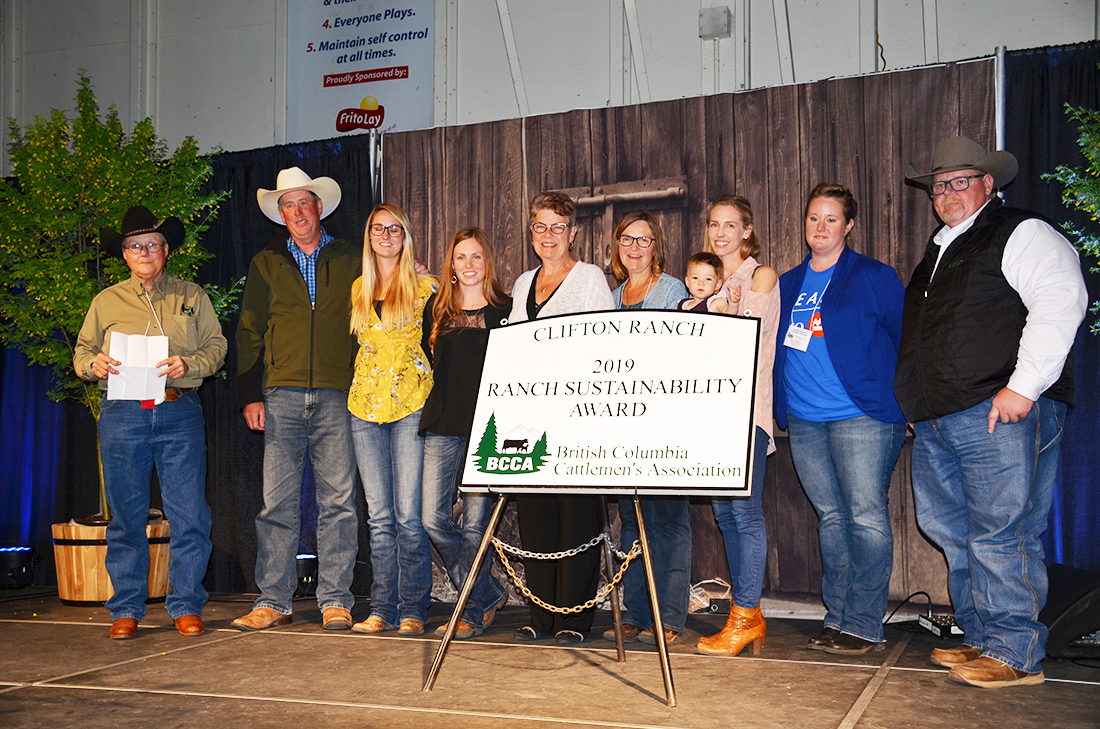Year-end school tours are over for most farms, and now the real work begins.
While many see the annual field trips as a chance to interest students in a future career in agriculture, many more farmers are grappling with the need to get work done right now. A new report from the Canadian Agricultural Human Resources Council later this month will underscore the shortfall BC producers face when it comes to getting help.
While foreign workers are a key means of making up the shortfall, with the council receiving $279,239 from Ottawa earlier this year to attract, train and manage workers, youth are help – and hope – for the future.
To attract youth into the agriculture sector, Ottawa announced national funding of $3.75 million on June 3 through the Youth Employment and Skills Program to support agricultural employers who hire Canadian youth ages 15 to 30. Up to $14,000 is available per worker.
The initiative target “youth facing barriers to entering or staying in the workforce.” It’s intended to help them explore careers in agriculture and develop the skills needed for gainful employment.
However, recent changes to BC labour laws mean 15-year-olds in this province will only be able to work in agriculture with parental consent. They’ll also be restricted to so-called “light duty,” a kind of work that has yet to be defined. The minimum age for regular employment will be 16.
The changes reflect the findings of a 2018 report from the BC Law Institute, which found that long-term disability pensions have been awarded to workers 14 years and younger every year since 2005. Over the past decade, WorksafeBC figures indicate an average of two farm workers aged 12 to 15 received short-term and long-term disability benefits each year of the past decade.
SIGN UP FOR FREE FARM NEWS UPDATES DELIVERED TO YOUR INBOX EVERY WEDNESDAY MORNING.


 ALR changes face review
ALR changes face review